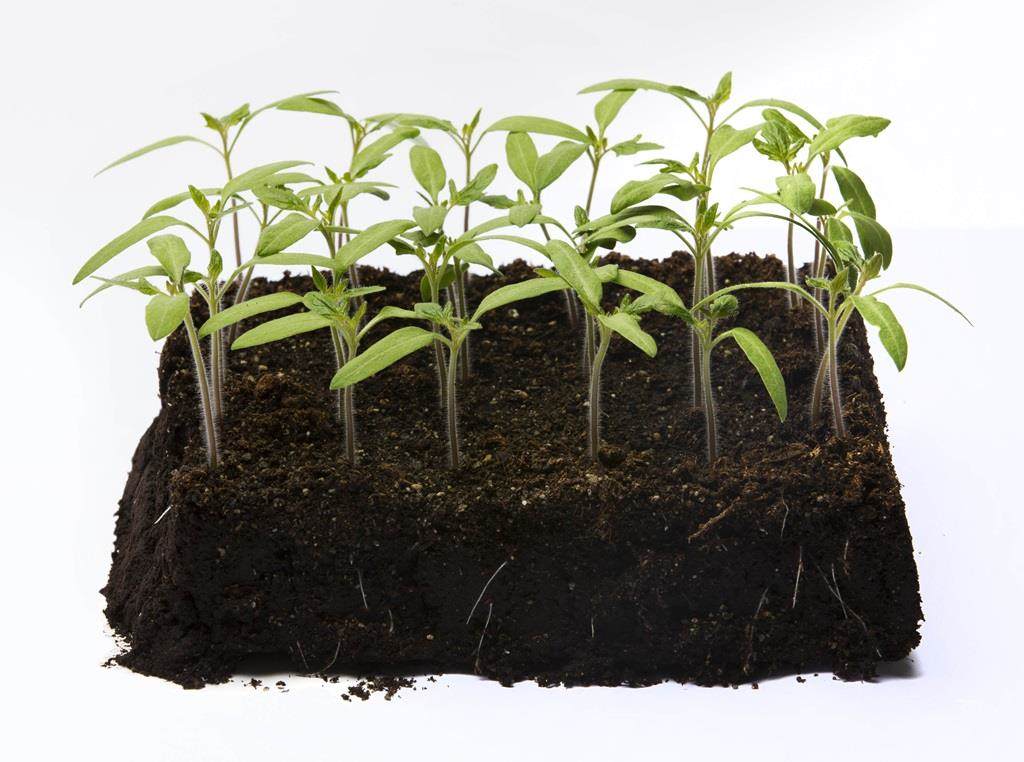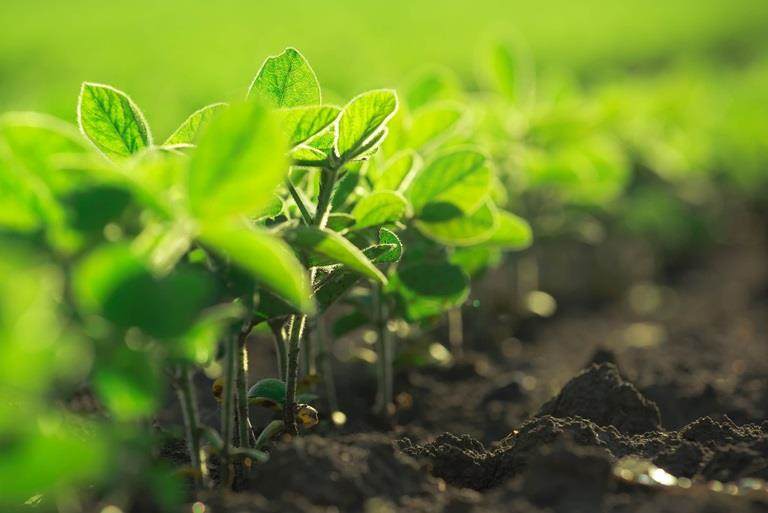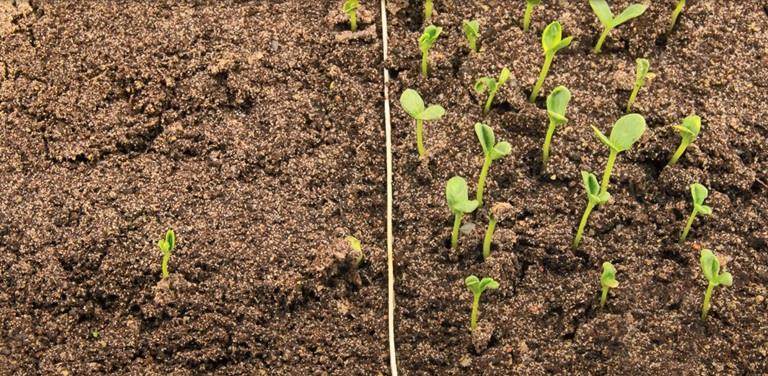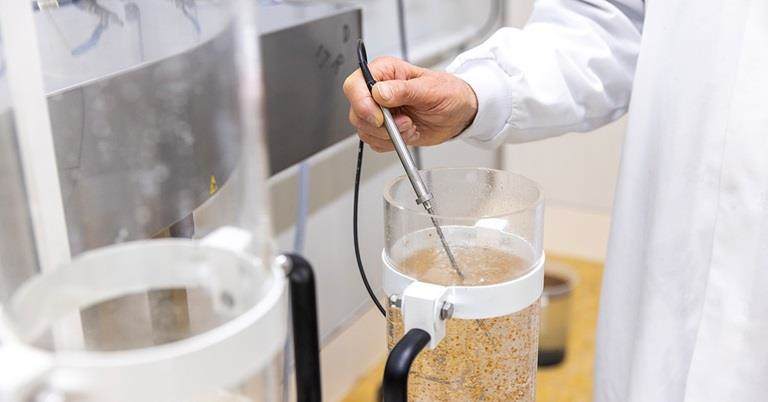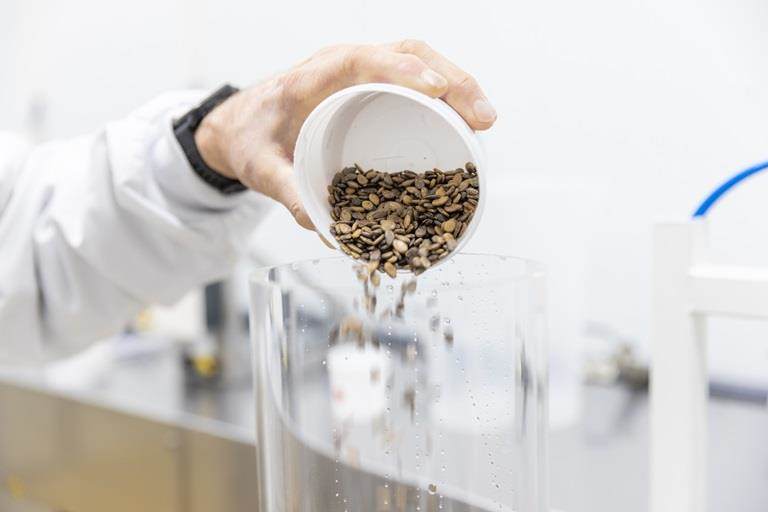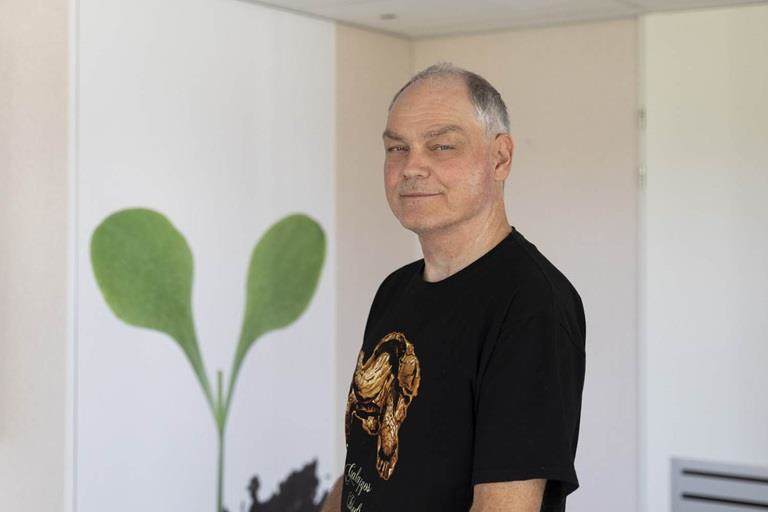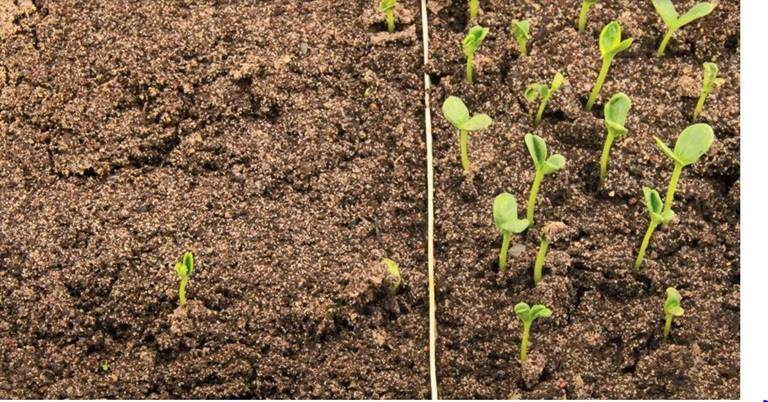Seed priming
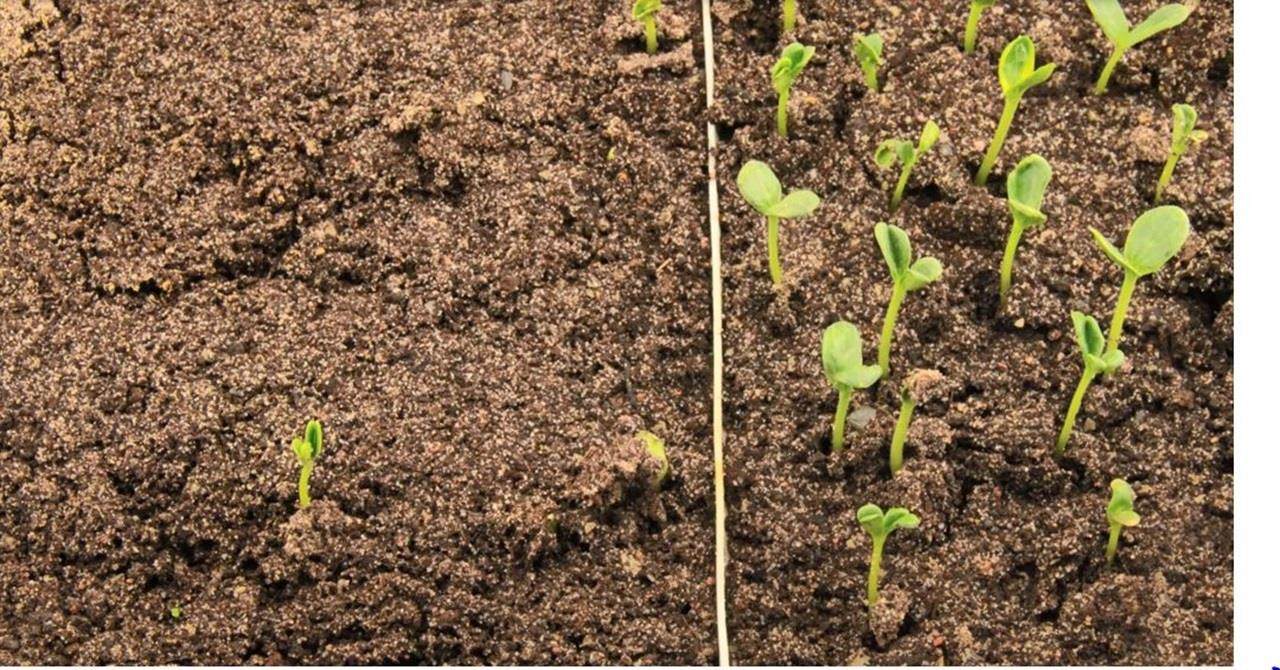
What is seed priming?
Priming triggers the physiological processes in a seed that lead to its germination, by imbibing the seed to a certain level. These processes are halted at precisely the right stage and the seed is carefully dried back. In this way, all the seeds in the lot are left in the same state: ready to germinate quickly and uniformly after sowing. Seed priming is a delicate and complex process and there are many different seed priming techniques. This is because each seed type has its own traits and characteristics and the various conditions that crops are grown in all present their own specific problems. There is no one size fits all solution. Each crop challenge needs a very targeted approach.
Why are seeds primed?
By influencing germination, specific crop or seed challenges can be overcome. Some seeds are primed to overcome poor or failing germination (dormancy). In other varieties, it is to speed up the germination process when this is typically very slow, like rootstock tomato. Or to induce seeds to germinate simultaneously to give a better crop establishment. Spinach seeds are primed to align the development of male and female plants to increase seed production. Watermelon and pumpkin varieties, which germinate only at high temperatures, are primed to allow them to germinate more regularly and faster at lower temperatures.
Seed dormancy
Many seed varieties need very specific conditions in order to germinate. When these conditions are not met, the seed becomes dormant. Dormancy is caused by physiological seed traits or by external conditions and sometimes there is more than one type of dormancy in play. The right conditions vary from species to species.
Each seed type has its own characteristics...Each crop challenge needs a very targeted approach.
Endive, for example, needs alternating temperatures to be able to germinate and a narrow germination temperature range as well as an underdeveloped embryo is typical of celery seeds. Highly specialised priming techniques are needed to break these types of dormancy.
Efficient nursery training
With crops that are started in a nursery, the seeds are primed to increase efficiency. If some of the seedlings are underdeveloped when the time comes for next steps in the plant-raising process, such as transplanting or grafting, they are often simply discarded. Seedlings from primed seeds go through the same phases of development more or less simultaneously. This uniform development benefits the grower’s process efficiency and means there are more useable transplants in a batch.
Germination in the open field
A crop that is ready to harvest in one go is an obvious efficiency advantage for farmers. Priming can help achieve this with seeds that are sown in the open field by prepping them to germinate quickly after sowing so that the crop develops more uniformly.Another advantage of priming seeds that are cultivated in the open field is that they can be protected against secondary seed dormancy. Seeds can enter a state of secondary dormancy after sowing if conditions, such as light or temperature, become sub-optimal. To illustrate, let’s look at lettuce production in the USA. A large percentage of the country’s head lettuce crop is sown in the open field in the deserts of Arizona. If the temperature rises above the germination temperature range, seeds will enter secondary dormancy. They will remain in this state even if the temperature drops again. Priming seed raises the upper germination temperature limit by as much as 10 degrees (C) resulting in increased crop performance, especially during the months that temperatures are highest.
Seed stress
Stressful conditions, like high or low temperatures, light, drought and high salt content in the soil, can be challenging for a seed when it is going through the pre-germination processes. Priming seeds takes them through many of these processes under controlled conditions and carefully halts the process before the radicle emerges. With the right priming, seeds that are returned to our customers are far better equipped to deal with any challenges and adverse conditions they encounter during further development. Seeds that are sensitive to high temperatures will germinate well at temperatures up to 10 degrees (C) higher than the upper limit of the germination temperature range. At the other end of the scale, seeds that are sensitive to lower temperatures, like watermelon and pumpkin, can be sown early in the season to improve yield and get the most out of the crop.
